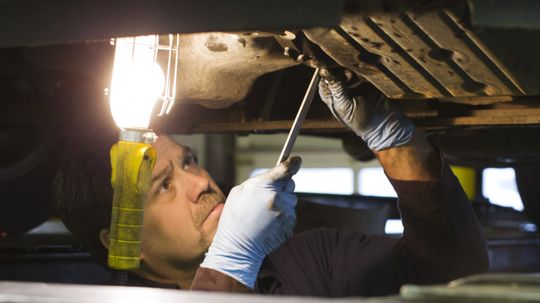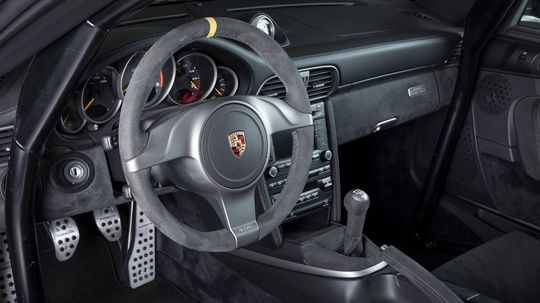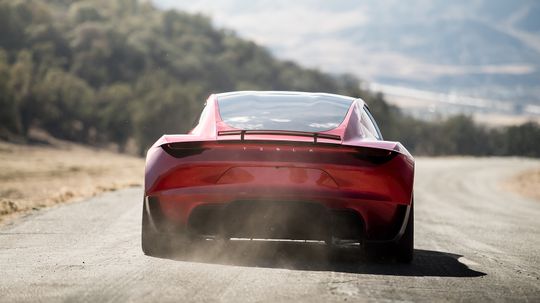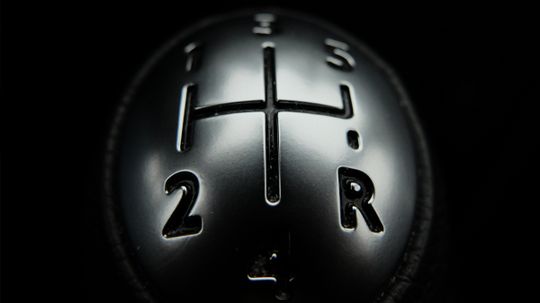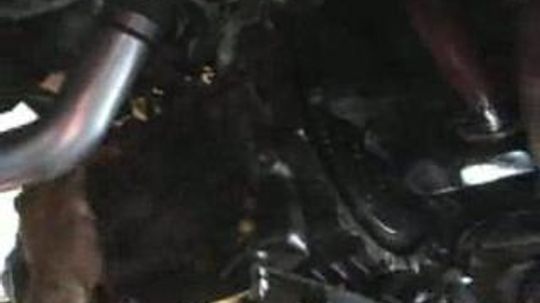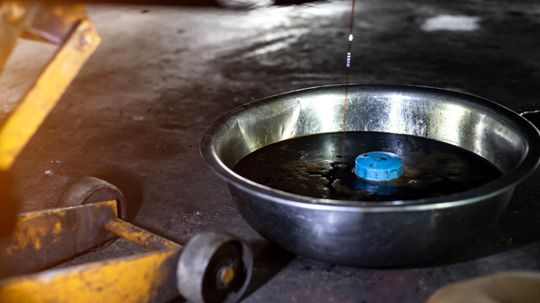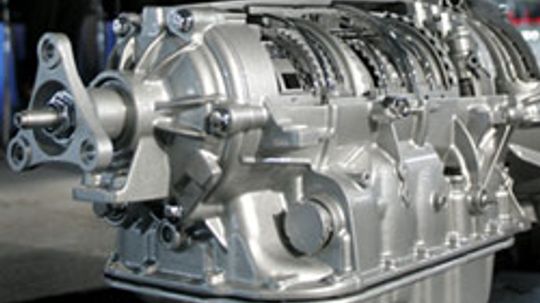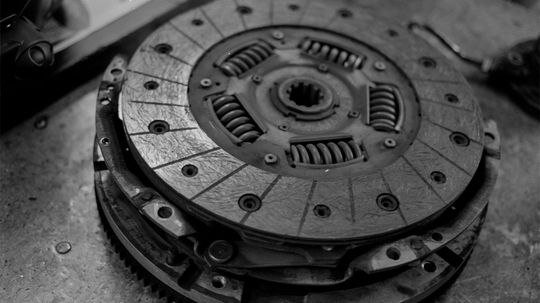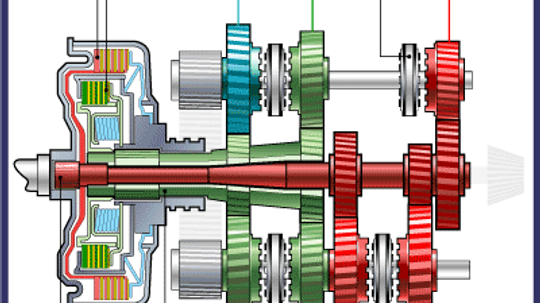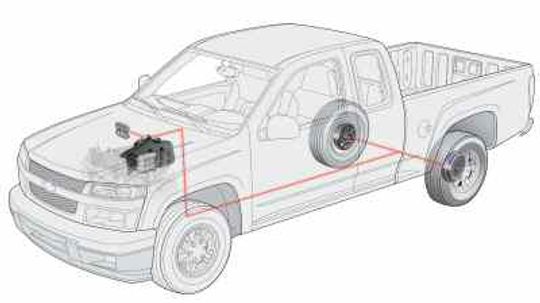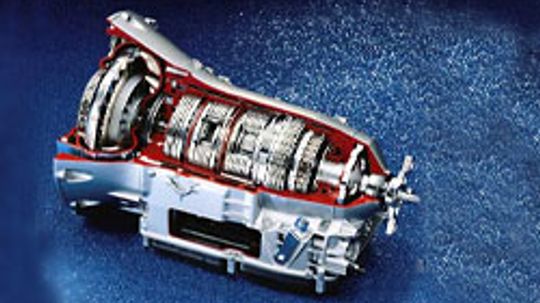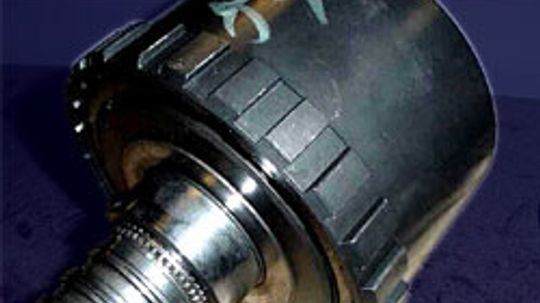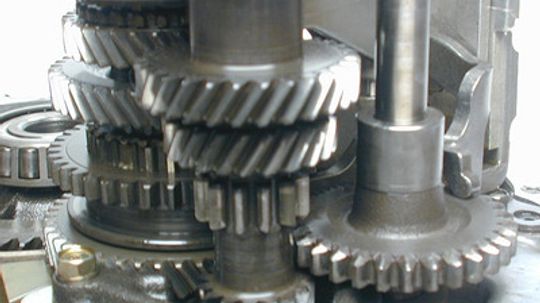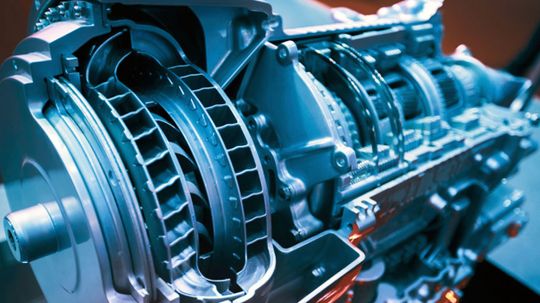Car Transmission and Drivetrain Systems
Upkeep of your transmission may save you money in the long run. Learn manual and automatic transmission basics, then move on to clutches, differentials and torque converters.
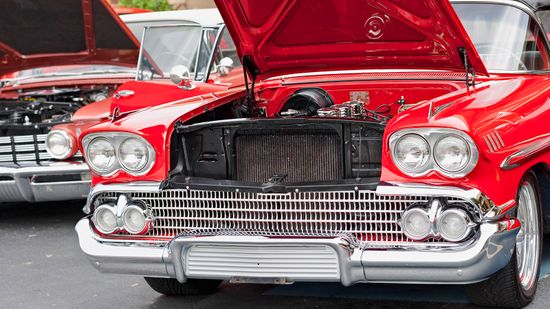
10 Popular Car Modifications
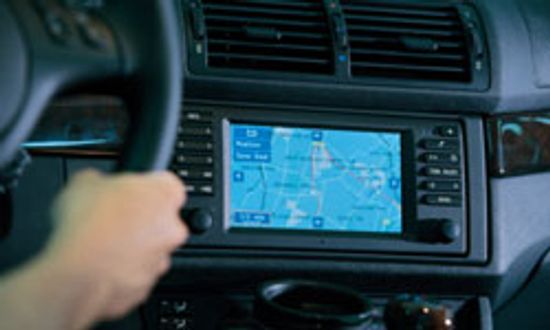
10 Car Accessories That Could Be Dangerous

What makes certain car accessories unsafe (or even illegal)?
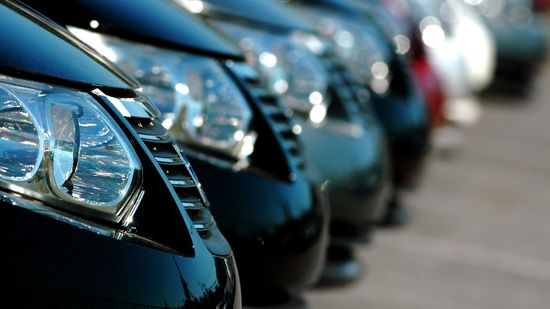
Modern Cars Are Kind of Boring. Why Is That?
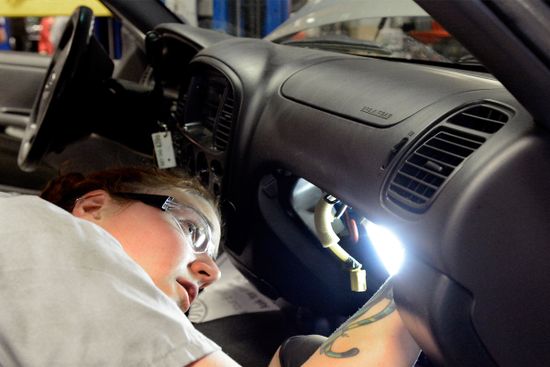
Can car companies let known defects go without a recall?

Do car interiors turn toxic in the summer?
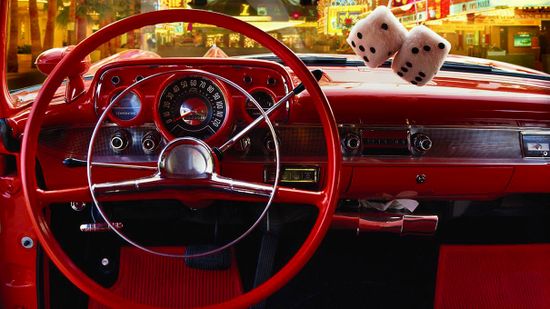
Making a Car Last for 300,000 Miles Is Totally Possible — Here's How
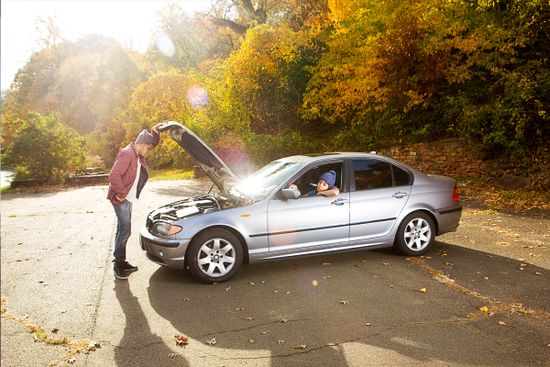
Are cars designed to fail at a certain point?

Will it hurt to spray electrical contact cleaner in an ignition?
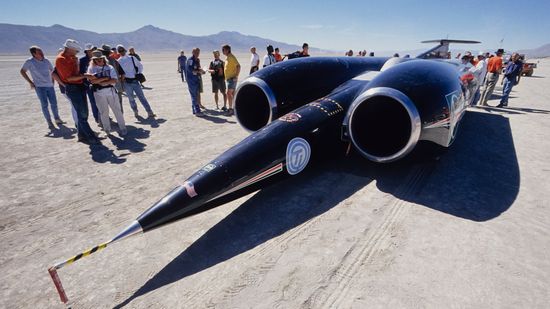
What's the Fastest Car in the World?
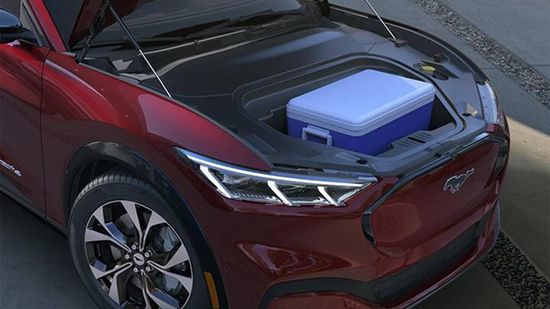
Is Your Junk in the Trunk or the 'Frunk'?
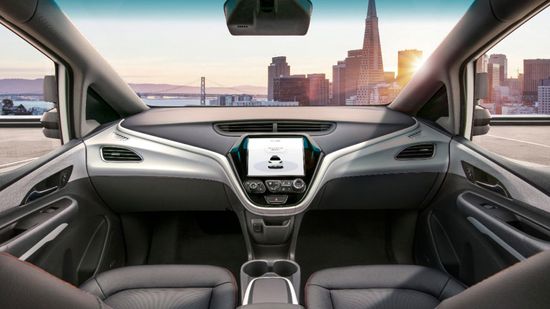
The GM Car That Has No Steering Wheel or Pedals
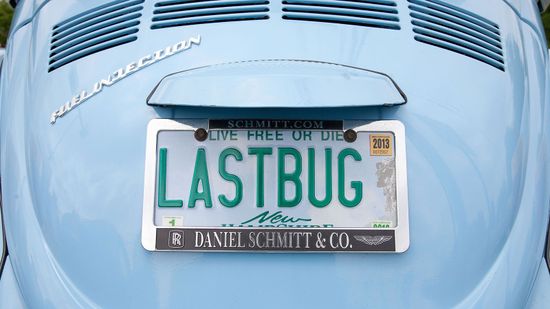
The Long Strange History of License Plates in the U.S.

Do red cars get pulled over more often for speeding?
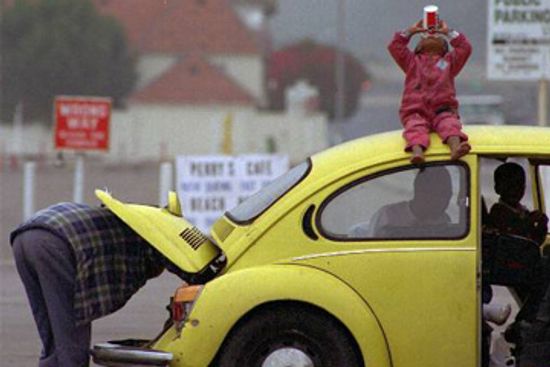
Are extended car warranties worth it?
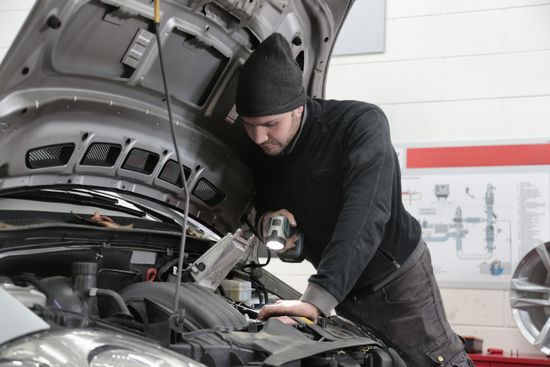
8 Signs to Identify Bad Fuel Pump Symptoms
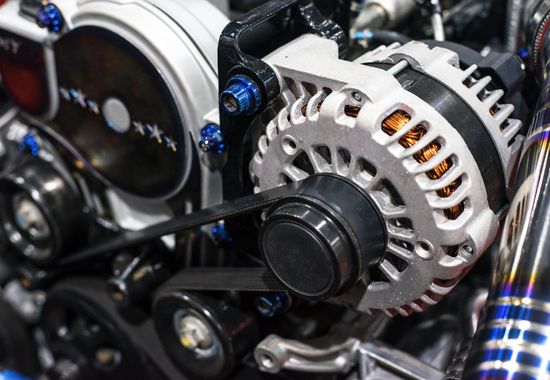
All You Need to Know About Bad Alternator vs Bad Battery
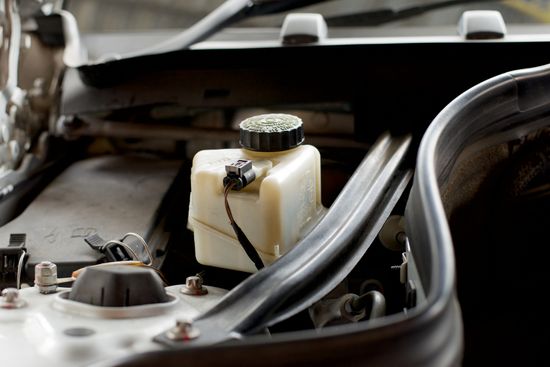
How to Diagnose and Fix a Brake Fluid Leak
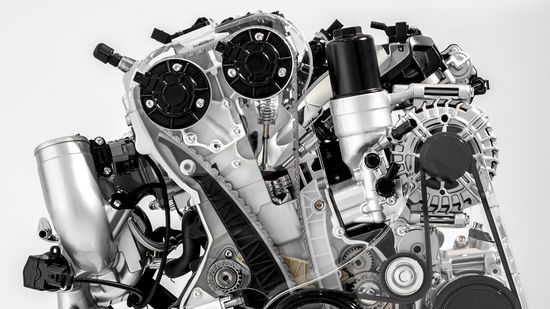
Why the V Engine Remains a Top Choice for Car Enthusiasts

How Gas Compression-ignition Engines Work
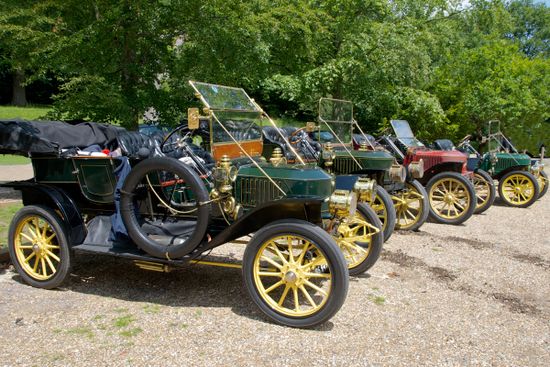
Did cars ever have external combustion engines?
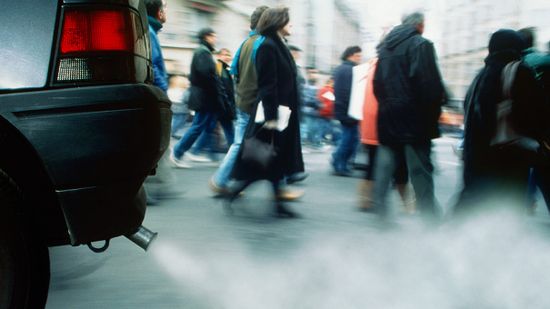
Diesel Isn't Always a Worse Polluter Than Gasoline

How Coal Rollers Work

How Much Air Pollution Comes From Cars?

10 Cold-weather Motorcycle Accessories
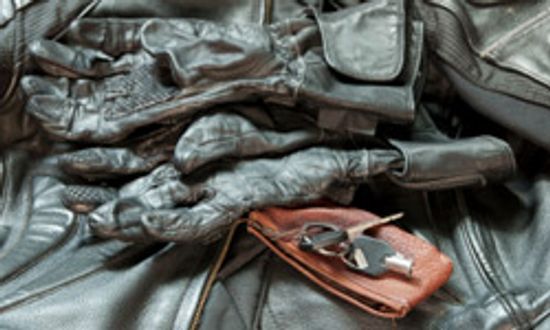
Is all motorcycle apparel made of leather?

What motorcycle accessories will help me stay cool?

How Laser-powered Headlights Work
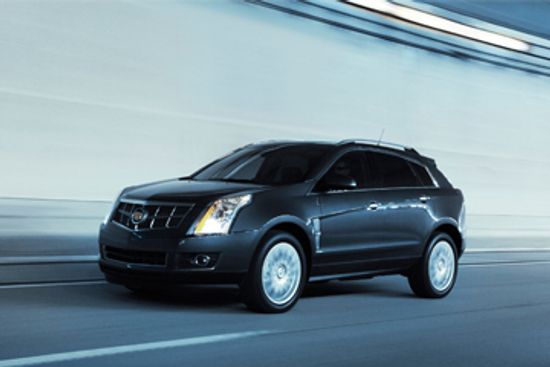
How Air-Conditioned Seats Work

5 Useful Voice-activated Commands for Your Car

How to Avoid a 'Hurricane Car'
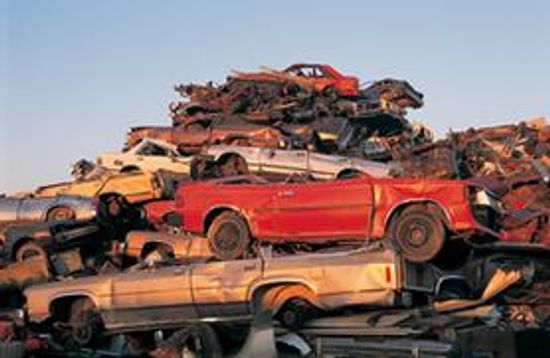
6 Automotive Parts You Can Easily Recycle
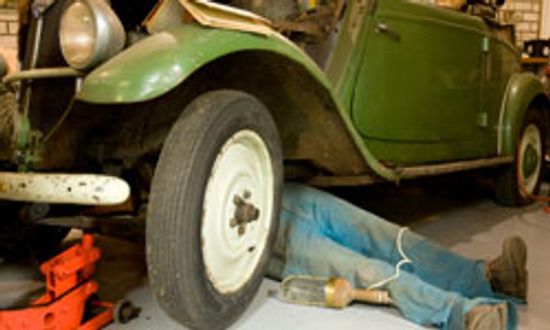
10 Places to Look for Classic Car Parts
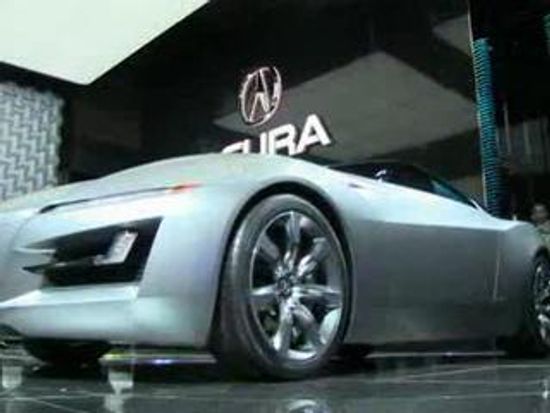
How Does Vertical Acceleration Work?
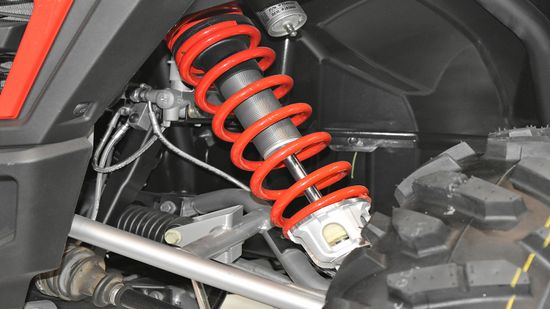
How Car Suspensions Work
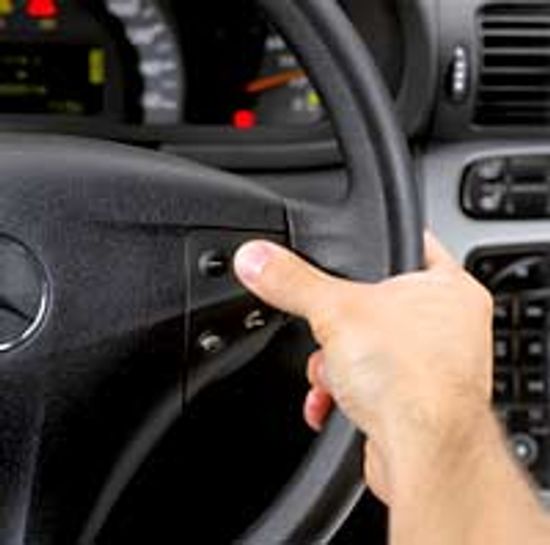
How Car Steering Works
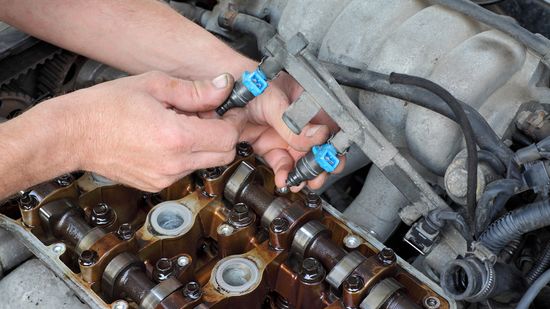
How to Clean Fuel Injectors at Home
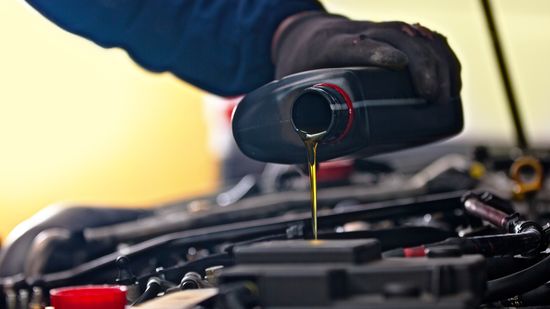
The Dirty Truth About How Often You Need Your Oil Changed
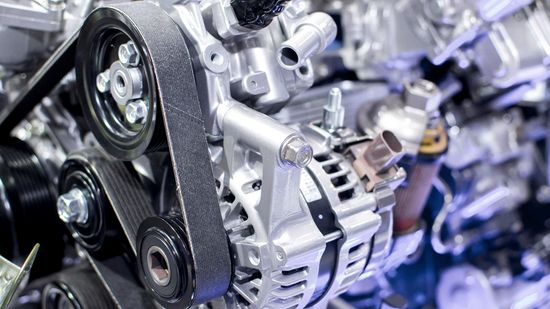
How to Replace Your Car's Alternator Belt
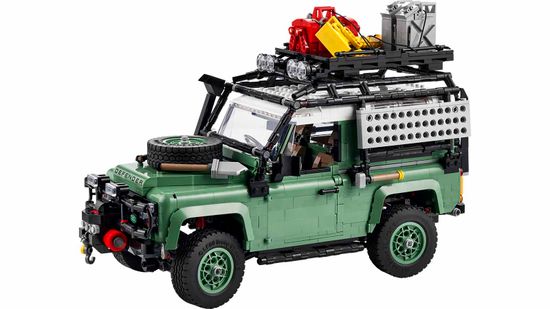
How Many Wheels Are in the World?
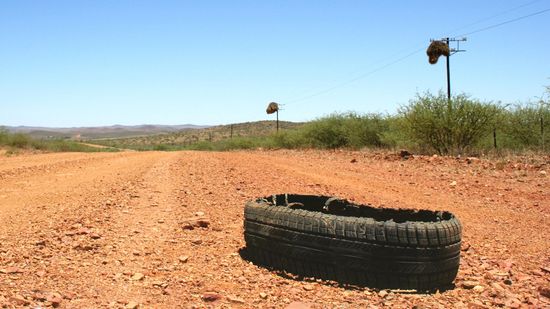
Why Do Tires Blow Out More in Summer?
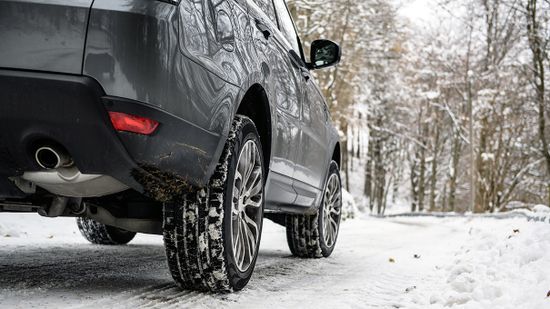
Winter Tires Really Do Make a Difference in the White Stuff
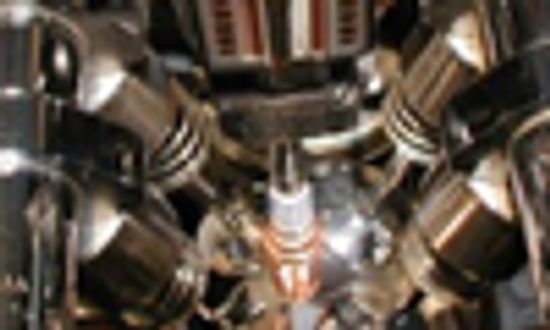
How Automobile Ignition Systems Work
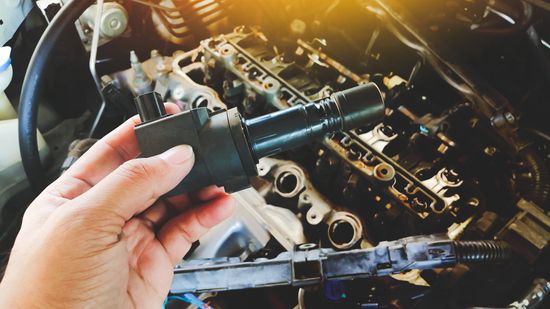
A Beginner's Guide to Ignition Coil Replacement?

Can your car tell you when the light's about to change?
Learn More
Car wheels spin at different speeds, especially when they're turning. So how does the differential help make them turn with such ease?
By Karim Nice & Talon Homer
Sales of stick shifts are down around the world and even some sports car manufacturers have stopped making them. Still, many zealous auto enthusiasts are doing all they can to keep the old three-pedal motion alive.
By Talon Homer
The answer isn't as simple as it seems.
Advertisement
You've proudly driven a stick shift all your life, so you already know that manual transmissions accelerate faster than automatics. End of story. Well, that was once true, but things have changed.
Manual transmission synchronizers are devices that eliminate the need for double clutching when changing gears. Learn how manual transmission synchronizers work in this article.
You find liquid leaking from your car and are at a loss about what to do. Learn about how to identify a transmission fluid leak in this article.
Manual, automatic, sequential, dual-clutch -- these are just a sample of what you'll see in this image gallery. Check out pictures of all types of transmissions right here.
Advertisement
Anyone with a manual transmission knows that a clutch connects and disconnects the engine and transmission. But did you know that automatics have clutches, too? Read on to discover how a clutch car works!
By Karim Nice, Charles W. Bryant & Kristen Hall-Geisler
Most people know that cars come with two basic transmission types: manuals and automatics. But there's also something in between that offers the best of both worlds -- the dual-clutch transmission. Check it out.
Traction control helps limit tire slip in acceleration on slippery surfaces. Many of today's vehicles employ electronic controls to limit power delivery for the driver, eliminating wheel slip and helping the driver accelerate under control.
In a regular transmission the gears are literal gears -- interlocking toothed wheels. Continuously variable transmissions, on the other hand, don't have interlocking gears. The most common type operates on a pulley system. Learn all about the smooth-operating ultra-efficient CVT.
Advertisement
Combine the ease of an automatic with the driver control of a manual and what you've got is a sequential manual transmission. A simple forward push advances the gear. Learn all about the sequential gearbox.
Both automatic and manual transmissions accomplish exactly the same thing, but they do it in totally different ways. And it turns out that the way an automatic transmission does it is pretty amazing!
By Karim Nice
Manual transmissions use mostly helical gears, but reverse is a special situation that requires a different type of gear -- a spur gear. Learn why a spur gear makes a loud whirring noise when the car's in reverse.
I see many dump trucks with wheels on two rear axles on the ground and a third axle with elevated wheels that can be lowered. These seem to be used when the truck is full -- but why include what must be expensive hardware to raise and lower the wheels? Why not just keep them down at all times?
Advertisement
What does that funny "H" pattern on my car's gear shift have to do with my transmission? How does it make the car change gears? And when I mess up and hear that horrible grinding sound, what is actually grinding?
Gear ratios are what allow a car to reach a high rate of speed or climb a steep hill. Learn about gear ratios, gear trains and planetary gear systems.
